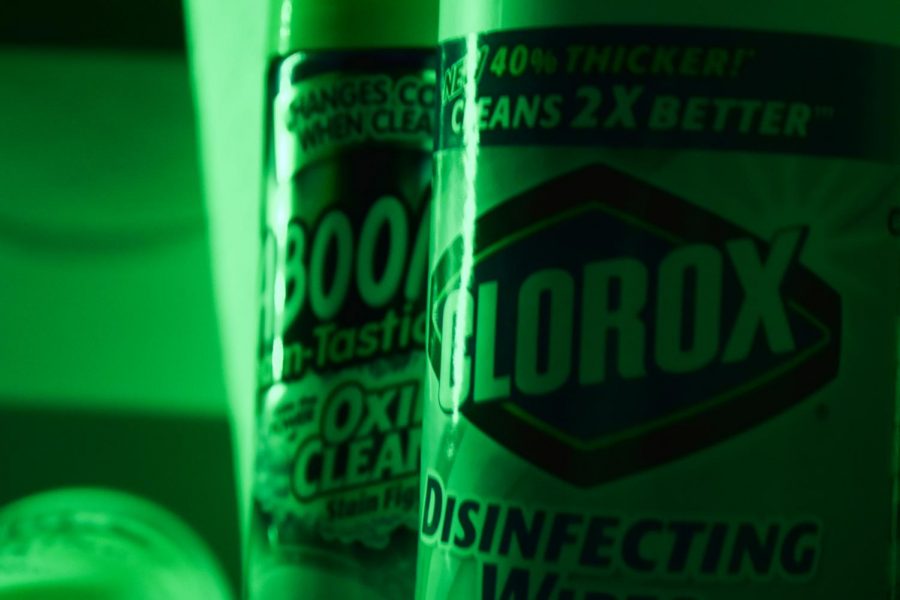Garnering awareness for pesticides in marijuana
Cannabis growers should provide better information on potency, content of products to make them safer
JOSEPH GARDNER | EVERGREEN PHOTO ILLISTRATION
It’s unappetizing to find a bug in your meal, but it’s worse to find a bug in your bud. Chemicals are used in cannibis production to prevent this from happening, though they pose potential threats if unregulated. The public should be kept informed on product contents.
January 22, 2019
Marijuana laws for medicinal or recreational use are relentlessly argued over between users and non-users.
What’s undeniable is that regardless of what a product is, if it’s available to the public, it must be safe for their consumption.
Since its legalization in nine states, including Washington, marijuana consumers should inform themselves of what’s in these products, particularly what is used in their growth.
The main focus of pesticide testing on marijuana is to ensure patients consume quality product with less harmful effects on the human body. Pesticide screeners mainly look for Pyrethrins and Piperonyl Butoxide, as well as 13 other pesticides that are not approved in Washington, according to the Washington State Department of Health.
Washington’s current laws require cannabis producers to test for potency of THC and CBD levels, microbial life and dangerous byproducts of species of mold and fungus.
This allows buyers to see if the growers have their best interest in mind. They can then make sure ethical decisions are made from the soil to the harvesting process.
With labels to distinguish how a company developed the product during growth, consumers can more easily understand their options when they purchase cannabis.
“[Washington State Department of Agriculture] has a ‘Certified Cannabis’ certification in the CR-102 stage of the rule-making process and hopes to have it available to growers for this coming season,” said graduate student Aaron Appleby, M.S. in crop science.
Similar to the labeling of organic and non-organic produce in grocery stores, a label reading “Certified Cannabis” on these products would guarantee they’re safe to consume.
Appleby explained that the Washington State Department of Agriculture (WSDA), is responsible for regulating pesticide usage and authority over which pesticides can or cannot be used.
The WSDA continuously searches for new ways to offer better products on the shelves of all dispensaries. As consumers, we need to utilize sources meant to provide better information on these products.
When you first walk into a dispensary, whatever form of cannabis you choose, the budtender is always going to ask if you prefer sativa or indica. Each of these plants have vastly different effects. Sativa is used as more of an antidepressant to increase focus, while indica is more of a relaxing pain reliever.
“These words explain morphological characteristics of interest to a grower,” Appleby said. “Consumers need to replace questions about sativa and indica for terpene profiles.”
Instead of relying on a budtender to inform a client, terpene profiles of the strains and better understanding of the pesticides used would give a better idea to what’s in the product. This would allow consumers to handle this drug with greater caution.
The Pesticide Information Center Online database is a site run by WSU and has the current information of which pesticides are used and their effects. For WSU to use this information in a way best serving its students, it should include terpene profiles of marijuana strains.
By doing this, providers are held accountable for the contents of their product and consumers can make decisions with the best possible and most easily accessed information.








